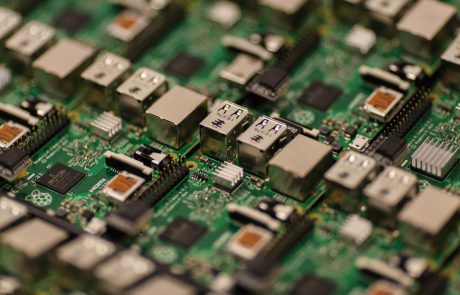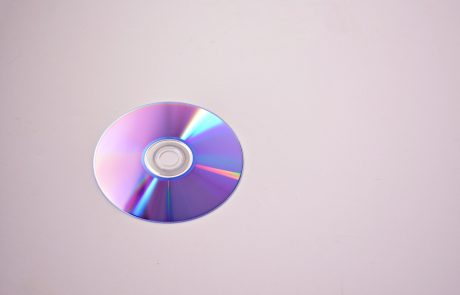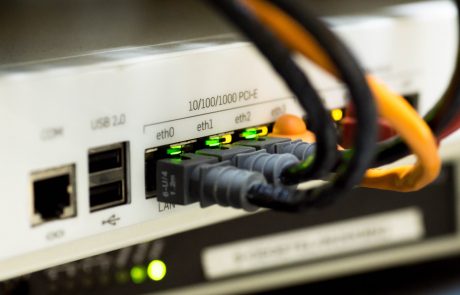Project Description
Do you have a new project and need assistance?
Applications in electricity and electronics
Next generation plastics contribute in giving a boost to innovation, thus, their use has become very important in the electricity and electronics sector. In fact, plastic materials provide great versatility, both in design and finishings; they also have high dielectric properties and, furthermore, they have great potential in the different transformation processes. Consequently, a significant number of the most advanced and innovative devices in the electrical and electronics industry are based on such plastics. Therefore, one can speak from simple cables to the most modern appliances, smartphones and the most avant-garde electronic equipment.
Characteristics
Among the unique characteristics of plastics are:
First of all, resource efficiency, because polymers can help lengthen the duration of energy. Liquid crystal flat displays (LCDs) consume less power than traditional cathode tube displays, and the design flexibility of plastic also enables greater resource efficiency in home appliances. For example, the plastic bleach container in a washing machine reduces water consumption and allows an excellent A +++ eco-efficiency rating.
Secondly, the lightness, since plastic contributes to making household appliances such as mobile phones and headphones, among others, lighter and smaller.
Also, its electrical and mechanical resistance – For this reason, plastic is the ideal material for vital applications such as safer, more reliable and efficient power supplies. Besides, its ability to isolate current and resist shock and mechanical stress, as well as its flexibility and durability make it the ideal material for these applications.
Finally, Fire Safety – Plastic flame retardants can be used where there is a risk of electrical fire to inhibit ignition, complying accordingly with the legislation and regulations that require it.
Uses and applications
Plastic resins in the area of electricity and electronics have the following uses:
- Wire and Cable Coating Manufacturing
- Manufacture of various electronic components such as:
- Resistances
- Connectors
- Magnetic tapes
- Batteries
- Production of parts for equipment of:
- Communication
- Computation
- Audio and video
- Telephony
- Optical fiber
- Compact discs
- Microchips































